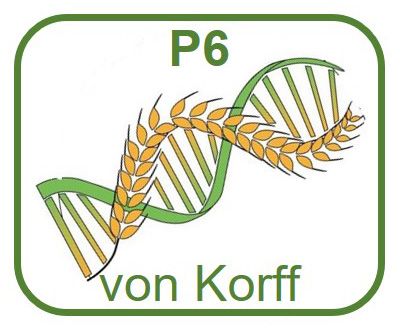Projects
Inflorescence and Spikelet Meristem Establishment and Maintenance in Barley
Inflorescence architecture controls flower and hence seed production and is largely defined by meristem identity and determinacy decisions. Grass inflorescence meristems (IM) produce a unique structure, spikelet meristems (SM) that then produce floral meristems (FM), flowers, and seeds. How the establishment, maintenance, and termination of these different meristems within the inflorescence are genetically controlled in the temperate cereal barley is not well understood.
Here, we use the mutants of three transcription factors, CENTRORADIALIS (CEN), INTERMEDIUM-M/DOUBLE SEED 1 (INT-M/DUB1), and FLOWERING LOCUS T1 (FT1) control IM and SM/FM determinacy and identity transitions. Specifically, we will (i) identify IM and SM/FM-specific changes in transcriptional networks downstream of FT1, CEN, and INT-M using laser capture microdissection (LCM) and RNA-sequencing (LCM-RNA-seq) followed by functional analyses of candidate genes and (ii) decipher the link between IM and SM determinacy and hormone homeostasis and response using hormone reporter lines and hormone measurements. The ultimate goal is to identify molecular networks that specifically control the fate of the different barley meristems, IM and SM/FM. Further by integrating information from the consortium partners, we will be able to develop a common framework for the molecular control of cereal stem cell systems in maize, barley, and Brachypodium.

Prof. Dr. Maria von Korff
Institute for Plant Genetics
Heinrich Heine University Düsseldorf (HHU)
Dr. Thirulogachandar Venkatasubbu
Institute for Plant Genetics
Heinrich Heine University Düsseldorf (HHU)
Gabriele Buchmann
Institute for Plant Genetics
Heinrich Heine University Düsseldorf (HHU)


